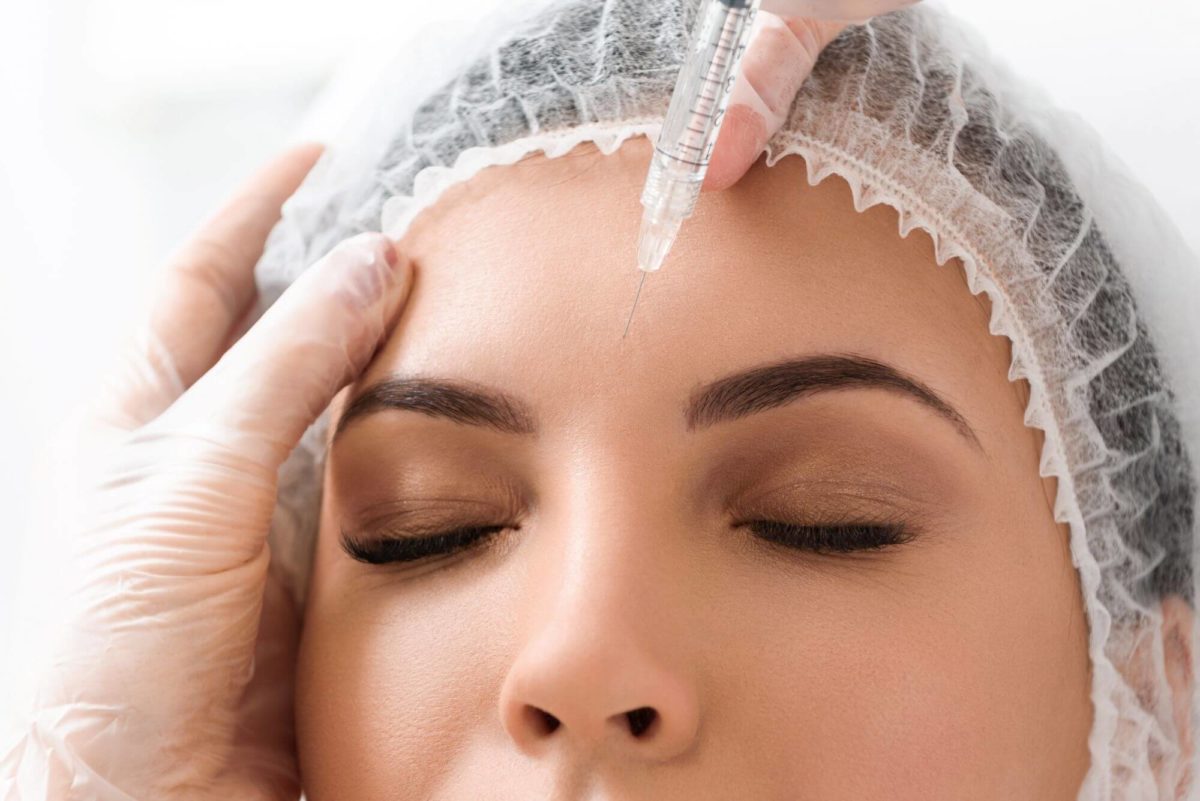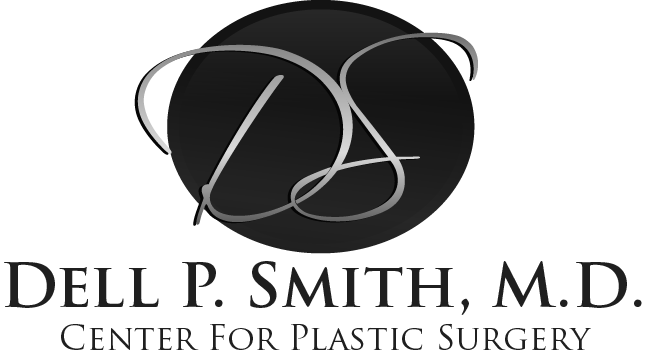
Botox / Dysport Injections FAQ
What is Botox and Dysport?
To put it simply, these products are neurotoxins that act as a muscle paralytic to temporarily prevent a muscle from moving. Upper face/forehead wrinkle injections like Botox and Dysport are the most frequently performed cosmetic treatment in the U.S.
What is the Difference Between Botox and Dysport?
These products are extremely similar in effect and duration. Many patients who have tried both products seem to be satisfied with both. However, like most things in life, some people do experience more satisfaction with one versus the other and client preference varies. On the scientific side of things, Botox and Dysport are different in areas such as molecular size. Dysport is smaller in molecular size which means it spreads over a broader area. This makes dilution ratios different and dosage is not interchangeable (ex. 20 units of Botox is equivalent to 50 units of Dysport).
What’s it’s duration?
It is expected that both of these products will last at least 90 days (for cosmetic treatment). On average patients are reinjected every three to four months but can vary from two to six. Individual metabolism and the number of units injected can affect longevity. Higher doses will likely produce better results with longer patient satisfaction.
Who is the Prime Candidate?
FDA approved for ages 18 and up, age can vary considerably from one patient to the next. Prime candidates have wrinkles that are dynamic in nature. Or in other words, wrinkles that appear when a particular expression is made. Next, those with static wrinkles, or wrinkles that linger after an expression is not being made, are the next best candidae. Last, those with deep static wrinkles, lines that are considerable in depth when actions are not being forced will require more units per treatment and will not receive full correction of lines. However, overtime with repeated treatment deep static lines can improve.
What is a reasonable expectation after receiving botox or Dysport treatment?
The simple answer is lack of movement that prevents creasing and line formation in the eye and forehead area. This can be preventative to decrease the chance of making permanent lines or corrective which can minimize the appearance of such lines and rejuvenate the eye area. For expectations to be met, each patient’s consultation is extremely important to ensure the provider can assess each individual’s desires and needs.
What are common misconceptions about Botox and Dysport?
Am I too old or too young?
After the age of 18 one can choose to receive these treatments. We are all unique and have differences in muscle mass, expression and not to mention the all important DNA factor!! The best bet is to have a consultation with an experienced provider and have a proper assessment done.
Is it toxic or unsafe?
Although the base chemical has been linked to cases of respiratory failure, muscle failure, pneumonia, speech disorders and more, Botox Cosmetic and Dysport alike, are extremely diluted forms of the botulinum toxin. It would take an extremely large amount to trigger any of the previous mentioned complications, way more than what is needed for a cosmetic treatment.
Is it addictive?
For facial treatment this is just not true. Chemical dependency and subsequent addiction can only form if the chemical affects your entire body. Botox and Dysport are designed to only affect the area of injection.
Is Botox just for the face?
While popularized through the anti-aging treatment, this was actually a side effect when research was done to explore treatment of muscle spasms. It is used for excessive sweating in the palms and underarms, migraines, incontinence, muscle spasms and cerebral palsy.
Are these treatments safe?
In experienced hands these products are very safe and have undergone rigorous safety testing inorder to obtain FDA approval. Dysport and Botox both have excellent safety records. Botox has been used in the U.S. since 1991 and Dysport since 2009 in the U. S. and since 1990 in the E.U.
When would I be better off using my resources for surgery instead of injections?
Of course, having a consultation with a board certified plastic surgeon or a trusted skin care specialist would be an important first step in making these decisions. If you have deep static lines, significant skin laxity, heavy or droopy eyelids, puffy under eyes or any combination of these signs of aging, you may be better suited as a surgical candidate. Oftentimes surgery and injectable treatments are utilized together for optimal results.
